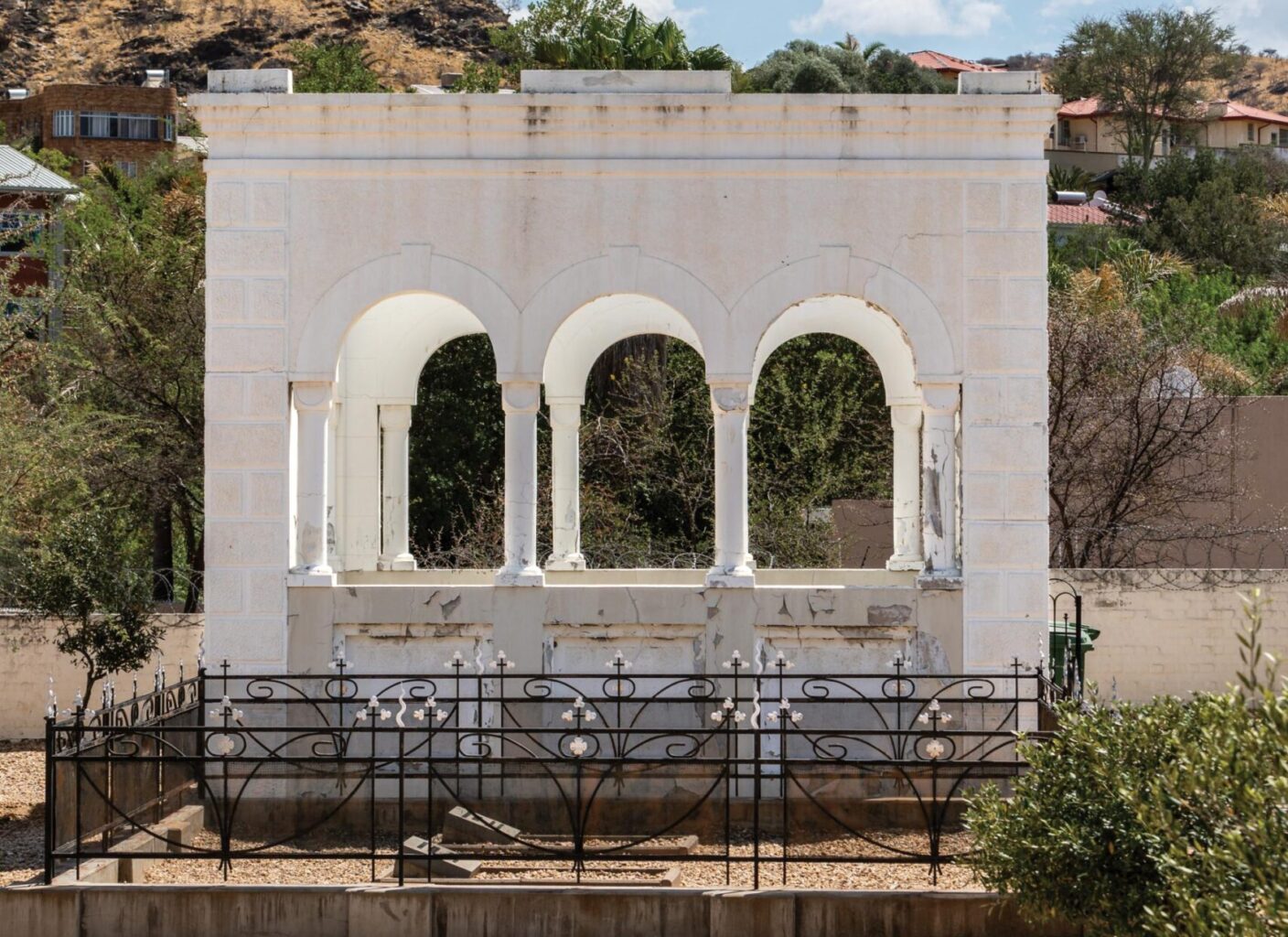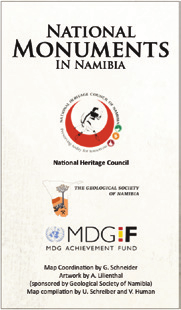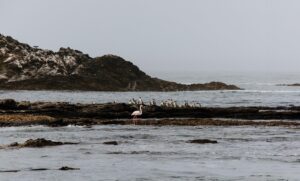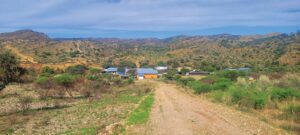

Grave of John Ludwig
Namibia’s hidden heritage sites
We comb through travel guides, blogs, websites and do internet searches for interesting things to do and see when visiting another country. But even while travelling through our own country, we often try to find new activities or unknown places. Sometimes these fascinating obscurities can be found right under our noses. You might unknowingly pass it en route to the next destination on your itinerary or it might in fact be close to where you are staying for the night.
Text Le Roux van Schalkwyk | Photographs Le Roux van Schalkwyk
From the Summer 2023/24 issue
Driving down Willemien Street in Windhoek’s Ludwigsdorf suburb you will notice an old graveyard with an impressive mausoleum that might seem a bit out of place among the high-walled modern houses. The graveyard is the last resting place of John Ludwig, one of the colonial pioneers, after whom this luxury suburb is named.
Hauptmann Curt von Francois chose Windhoek as the site for a fort in 1890. The first German settlers who arrived in the fledgling capital were the Nissen-Lass family in 1891 and John Ludwig who settled in Klein Windhoek in 1892. More settlers followed suit from 1893 onward.
Ludwig was born in Mergenscheid in the Simmern district of Germany on 3 April 1857. He trained as a baker in London, after which he went to work in the USA and the South Pacific before settling in South Africa. He became a policeman in the Cape Colony and later acquired a farm in Griqualand West. While he was travelling in neighbouring German South West Africa his farm was expropriated. This prompted him to rather move to the German colony. He was back there in 1887 and served as a driver for the Schutztruppe for five years. In 1892 he settled in Klein Windhoek and started a restaurant which he called Luwigslust. He planted extensive vineyards and orchards around it. Ludwig was the first person in the Windhoek area to produce wine and tobacco. He is considered the founder of Klein Windhoek.
Apart from farming and running his restaurant, Ludwig played a substantial role in the early days of business in Windhoek and he was popular among fellow colonists. When he died on 27 February 1913 after a stomach operation, he was the first to be laid to rest in the Klein Windhoek Cemetery – which is part of today’s Ludwigsdorf suburb – and a small mausoleum was erected around his grave. His wife Lida and their children Angela and John are buried next to him. The only other graves are those of the Hӧpfner family and another ten adults and children.
It is the mausoleum that makes the Klein Windhoek Cemetery remarkable. The site was proclaimed a national monument in 1967 not only for its historical significance but also for the architectural charm of the mausoleum. According to the Namibia Institute of Architects index it is rated as a class A building with a grading of 85 and termed an exceptional monument with regard to architectural quality and style. TNN
Visit the Venture Media offices to get your own copy of the Namibian National Monuments map to ensure that you don’t miss any of these historical sites.







